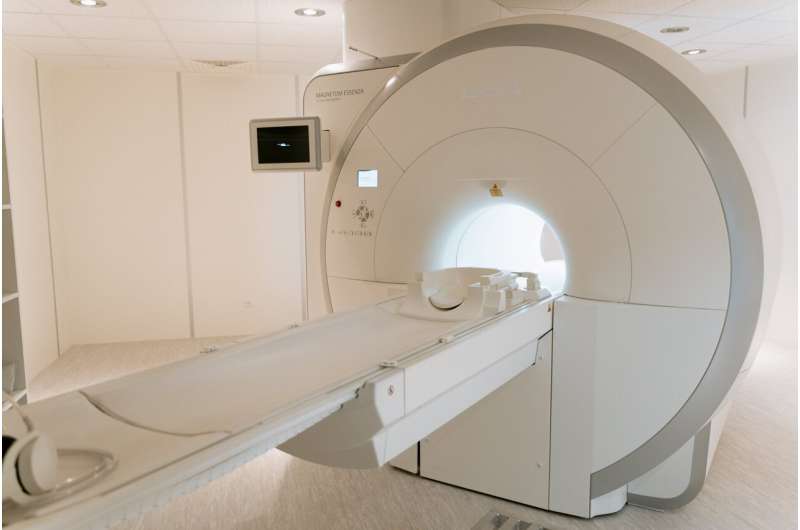Long-Term Air Pollution Exposure Linked to Heart Damage Detected by Cardiac MRI

Long-term exposure to fine air pollution is associated with early heart tissue damage, as revealed by recent cardiac MRI studies. This research highlights the cardiovascular risks posed by even low levels of air pollution and underscores the need for stricter environmental health policies.
Recent research using advanced cardiac MRI techniques has revealed a concerning link between prolonged exposure to air pollution and early signs of heart damage. Published in the journal Radiology, the study found that fine particulate matter in the air, known as PM2.5, can contribute to diffuse myocardial fibrosis, which is a form of scarring in the heart muscle. This scarring can serve as a precursor to heart failure and other cardiovascular conditions.
The study, led by Dr. Kate Hanneman from the University of Toronto, involved 201 healthy individuals and 493 patients diagnosed with dilated cardiomyopathy—a condition that hampers the heart's ability to pump blood effectively. Researchers assessed long-term exposure to PM2.5, tiny particles smaller than 2.5 micrometers that mainly originate from vehicle exhaust, industrial activities, and wildfires. Despite the exposure levels being below many global air quality standards, significant associations with increased myocardial fibrosis were observed.
Findings indicated that higher exposure to these fine particles was linked to greater heart muscle scarring across both healthy participants and those with existing heart conditions. Notably, women, smokers, and individuals with hypertension experienced the most pronounced effects. These insights suggest that even modest rises in air pollution could have tangible impacts on heart tissue, potentially setting the stage for future cardiovascular diseases.
This research enhances our understanding of how environmental factors like air pollution can influence cardiac health at a tissue level, beyond traditional risk factors like smoking or hypertension. Dr. Hanneman emphasizes the importance of considering long-term pollution exposure in heart disease risk assessments and highlights the role of radiologists in identifying environmental health effects through medical imaging. Public health efforts aimed at reducing air pollution are crucial, even below current safety thresholds, to mitigate its subtle yet significant impact on heart health.
Source: https://medicalxpress.com/news/2025-06-exposure-air-pollution-heart-cardiac.html
Stay Updated with Mia's Feed
Get the latest health & wellness insights delivered straight to your inbox.
Related Articles
Innovative Immunotherapy Targets Common Cancer Mutation, Brings New Hope for Lung and Prostate Cancer Patients
A new immunotherapy developed by researchers targets a common gene mutation in aggressive cancers like lung and prostate, showing promising results in preclinical studies and opening pathways for broader cancer treatments.
Innovative Mathematical Models Enhance MRI Accuracy in Brain Blood Flow Imaging
New computational models developed at Children's Hospital Los Angeles improve MRI accuracy for brain blood flow measurements, aiding diagnosis of neurological conditions.
The Paradox of Aging: How Our Immune System's Defense Mechanism Accelerates Cell Death
New insights reveal how our immune system's rapid response proteins may inadvertently promote aging and inflammation, increasing disease risk. Learn how cellular protein assemblies influence longevity and health.



